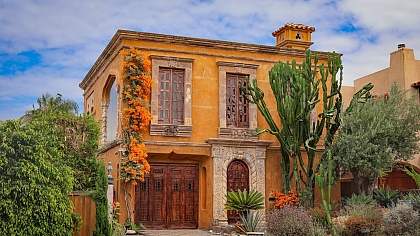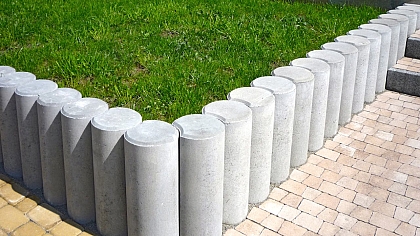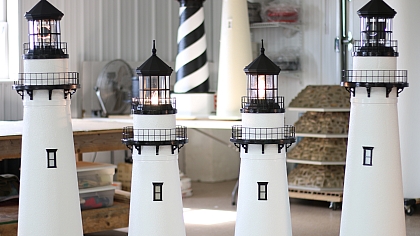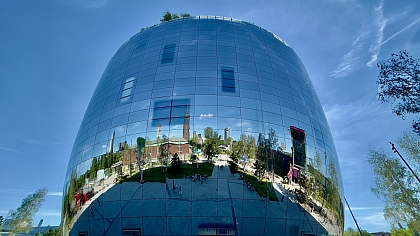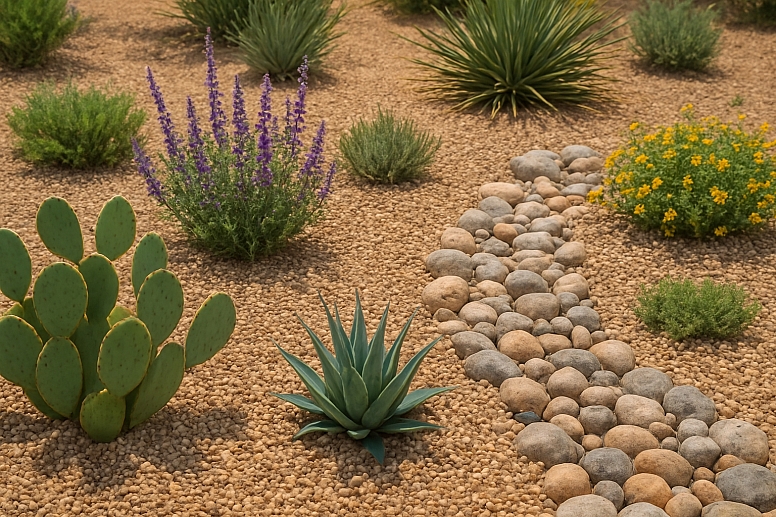
A Water-Smart Oasis: The Essential Guide to Xeriscaping Your Yard
Many people see a beautiful garden and picture one with a bright green lawn. That kind of garden needs a lot of water to stay green. In places where water is scarce, this can be a problem. There is another way to create a beautiful outdoor space. This method is called xeriscaping.
The Heart of a Water-Wise Garden
- Xeriscaping is a way to design gardens that need very little water.
- This method saves money on water bills and helps the environment.
- A xeriscape garden is low-maintenance and can be full of color.
- It uses specific plants, good soil, and smart watering techniques.
- Anyone can create a xeriscape garden in any-sized yard.
Xeriscaping is a landscaping method that reduces or eliminates the need for extra water. It uses plants that naturally thrive in your local climate. This means they need less care from you. The goal is to create a garden that works with nature, not against it.
What is Xeriscaping?
The word "xeriscape" comes from the Greek word "xeros," meaning dry. A xeriscape garden is a "dry landscape." But this does not mean it is only sand and rocks. A xeriscape garden can be green, lush, and full of colorful flowers. It is not about removing water. It is about being smart with the water you have.
This approach groups plants with similar water needs together. It also uses soil that holds water well and covers the ground with mulch to keep moisture in. The design puts the right plant in the right place.
The Main Benefits of a Water-Smart Garden
Choosing to xeriscape your yard offers many advantages.
- Saves Water: This is the biggest benefit. Xeriscaping can cut your outdoor water use by 50% or even 75%. This saves a vital resource.
- Saves Money: Using less water means a lower water bill every month.
- Less Work: These gardens need very little mowing, watering, or fertilizing. This gives you more time to enjoy your garden.
- Good for the Earth: Using less water is better for the environment. It also creates a home for helpful insects like bees and butterflies.
- No Chemicals: Healthy, native plants resist pests naturally, so you need fewer pesticides.
How to Plan Your Xeriscape Garden
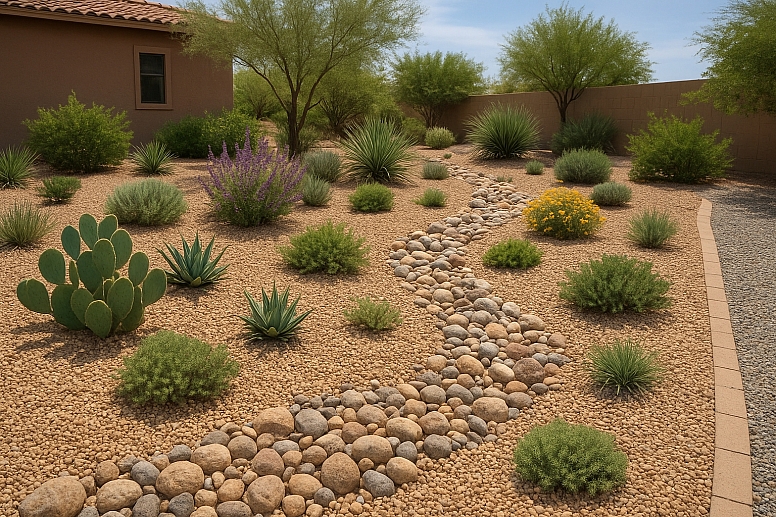
Creating a xeriscape garden involves a few important steps. Good planning makes the garden successful.
1. Make a Plan: Draw a simple map of your yard. Note where the sun shines all day and where there is shade. See where water collects when it rains. This helps you decide where to put certain plants.
2. Improve the Soil: Good soil soaks up water and holds it for plants. Adding compost to your soil helps it stay healthy and moist.
3. Choose the Right Plants: This is the most fun step. Pick plants that are native to your area or that can handle dry weather. These plants are often called "drought-tolerant" plants.
Great plants for a xeriscape garden include:
- Lavender: It has purple flowers and a sweet smell.
- Sedum (Stonecrop): This plant has thick leaves and comes in many colors.
- Yarrow: It has pretty clusters of flowers that butterflies love.
- Russian Sage: This plant has soft, gray-green leaves and purple flowers.
- Ornamental Grasses: They add movement and texture to the garden.
4. Use Grass Wisely: You do not need to remove all your grass. Instead, keep grass only where you need it, like a play area. Choose a grass type that does not need much water.
5. Water Carefully: When you need to water, do it deeply and less often. This teaches plant roots to grow deep into the soil. Soaker hoses or drip irrigation systems are best because they send water directly to the roots without waste.
6. Add Mulch: Mulch is a layer of material you put on top of the soil. It keeps the soil cool, stops weeds from growing, and prevents water from evaporating.
| Type of Mulch | Why It's Good |
|---|---|
| Wood Chips | Breaks down slowly and feeds the soil. |
| Gravel or Pebbles | Works well around plants that like very dry soil. |
| Pine Needles | A good, natural choice for acidic soil. |
7. Keep Up the Garden A xeriscape garden is low-maintenance, but not no-maintenance. You will need to pull a few weeds, trim plants, and check your irrigation system sometimes.
Your Garden Can Make a Difference
Xeriscaping is more than a gardening trend. It is a practical and beautiful way to care for your yard and our planet. It shows that saving water does not mean sacrificing beauty. By working with nature, you can create a thriving garden that is full of life and color.
Start small. Look at one sunny corner of your yard. Could a few lavender plants and some smooth stones look nice there? Your local plant nursery can help you find the perfect drought-tolerant plants for your space.
Frequently Asked Questions
Does xeriscaping mean I can only use cactus and rocks? No. While cacti are great for very dry areas, a xeriscape garden can include many colorful flowers, shrubs, and grasses. The focus is on low-water plants, not just desert plants.
Will a xeriscape garden save me money? Yes. The biggest saving comes from your water bill. You will use much less water outdoors. You will also save money on lawn fertilizers, pesticides, and gas for your lawn mower.
Is xeriscaping a lot of work to install? It can be, just like starting any new garden. However, the long-term maintenance is much easier. You will spend less time watering, mowing, and weeding every week.
Can I have a lawn with xeriscaping? Yes. The idea is to use less lawn, not necessarily no lawn. You can keep a small area of grass for playing or relaxing. The rest of the yard can use other low-water plants and materials.
Where can I find plants for a xeriscape garden? Most local garden centers have a section for "native plants" or "drought-tolerant" plants. You can also search online for your state's "native plant society" for lists of good choices.



